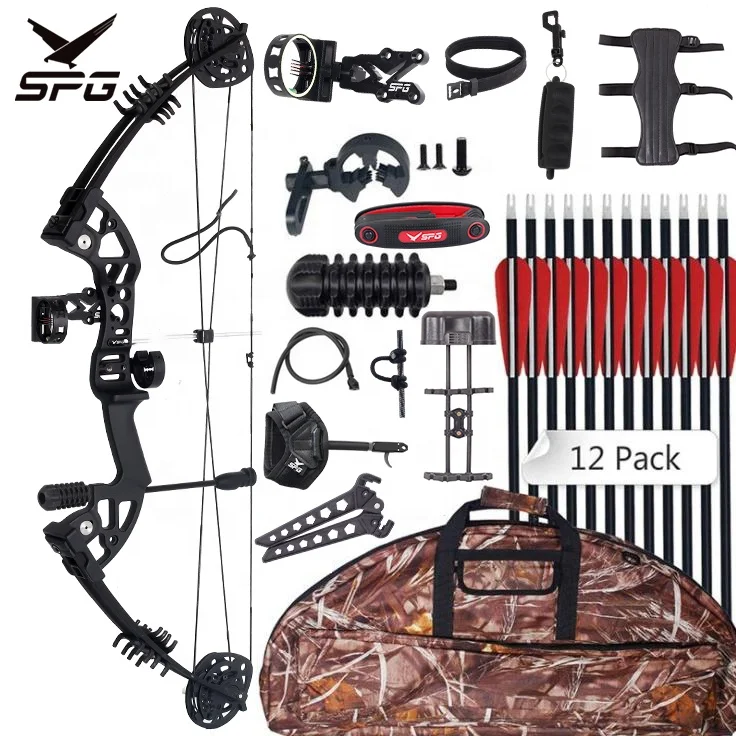How to Choose the Right Bow Stabilizer: Specialist Tips and Recommendations
How to Choose the Right Bow Stabilizer: Specialist Tips and Recommendations
Blog Article
Maximize Your Archery Accuracy With These Bow Stabilizer Methods
One essential element that can dramatically affect your performance is the correct utilization of bow stabilizers. Whether you are a seasoned archer looking to improve your skills or a newcomer eager to boost your accuracy, grasping these bow stabilizer methods can be the trick to hitting your mark with unmatched uniformity.
Benefits of Utilizing Bow Stabilizers
Utilizing bow stabilizers can considerably improve an archer's precision and total performance by reducing bow torque and vibration. Furthermore, bow stabilizers moisten resonance, which not just enhances the convenience of shooting but additionally stops the bow from leaping upon release, therefore aiding in preserving correct aim.
In addition, bow stabilizers can assist in holding the bow stable, specifically throughout windy conditions or when shooting from longer ranges. The added weight at the front of the bow provides security and balance, permitting the archer to concentrate on aiming without the distraction of bow activity. In general, the advantages of using bow stabilizers extend past just precision, enhancing the archer's experience and efficiency in numerous shooting situations.
Selecting the Right Bow Stabilizer
Choosing the ideal bow stabilizer is vital for enhancing your archery equipment and improving shooting efficiency. Larger stabilizers can help decrease bow torque and soak up more resonance, leading to a steadier objective.

Lastly, take into consideration the layout of the stabilizer. Some stabilizers feature adjustable weights or dampeners that permit you to tailor the equilibrium and feel of your bow. Ultimately, choosing the appropriate bow stabilizer entails finding an equilibrium between weight, material, length, and style to boost your shooting accuracy and overall performance.
Correct Setup Methods
To make sure optimal efficiency and security in archery, grasping appropriate setup techniques for your bow stabilizer is essential. The very first step in setting up a bow stabilizer is to recognize the appropriate placement on your bow. Many stabilizers are attached to the front of the riser, listed below the hold, to help counterbalance the weight of accessories such as quivers and sights. Ensure that the stabilizer is not interfering with other elements or impeding your shooting kind.
Following, safely attach the stabilizer to the bow utilizing the appropriate mounting hardware. Some stabilizers come with adjustable weights that can be included or eliminated to adjust the equilibrium of your bow.

Readjusting Stabilizer Weight and Length
After ensuring the proper installment of your bow stabilizer, the following action involves adjusting the weight and size to optimize its efficiency in enhancing archery precision. The weight of the stabilizer plays an important function in decreasing bow activity during the shot cycle.
A longer stabilizer can provide higher security by raising the range in between the bow and the weight at the end of the stabilizer. On the other hand, a much shorter stabilizer offers extra ability their explanation to move and might be favored by archers that value agility and fast activities throughout capturing.
Advanced Stabilizer Tuning Tips
Accomplishing ideal bow stability and precision in archery demands a nuanced strategy to innovative stabilizer tuning. Advanced stabilizer adjusting try this website entails fine-tuning various elements to boost the bow's equilibrium, reduce vibration, and improve total accuracy. One essential method is to trying out various stabilizer configurations, including side-bar and back-bar configurations, to discover the suitable equilibrium in between security and maneuverability for your capturing style. bow stabilizer. Additionally, adjusting the angle and positioning of the stabilizer can have a significant impact on exactly how the bow reacts upon launch.
Another vital facet of sophisticated stabilizer adjusting is optimizing the damping residential or commercial properties of the stabilizer system. This can be achieved by including additional dampening accessories such as rubber dampeners or harmonic stabilizers to even more minimize resonance and noise. Checking out different materials for the stabilizer building and construction, such as carbon fiber or light weight aluminum, can additionally affect the bow's efficiency by changing its weight circulation and rigidity. By meticulously tweak these sophisticated stabilizer elements, archers can optimize their accuracy and consistency on the variety or in competition.
Final Thought
In final read this thought, optimizing archery precision can be achieved via the appropriate selection, setup, and modification of bow stabilizers. Generally, including bow stabilizers into archery technique can lead to improved performance and boosted accuracy.
Making use of bow stabilizers can substantially improve an archer's accuracy and overall performance by lessening bow torque and resonance. Longer stabilizers give higher stability and equilibrium, particularly for long-distance capturing, while shorter stabilizers provide more convenience and are much easier to steer in tight spaces (bow stabilizer). Carbon fiber stabilizers are durable and light-weight, while light weight aluminum stabilizers are robust and provide outstanding resonance moistening
A longer stabilizer can provide better stability by enhancing the range between the bow and the weight at the end of the stabilizer.An additional critical element of advanced stabilizer tuning is maximizing the damping homes of the stabilizer system.
Report this page